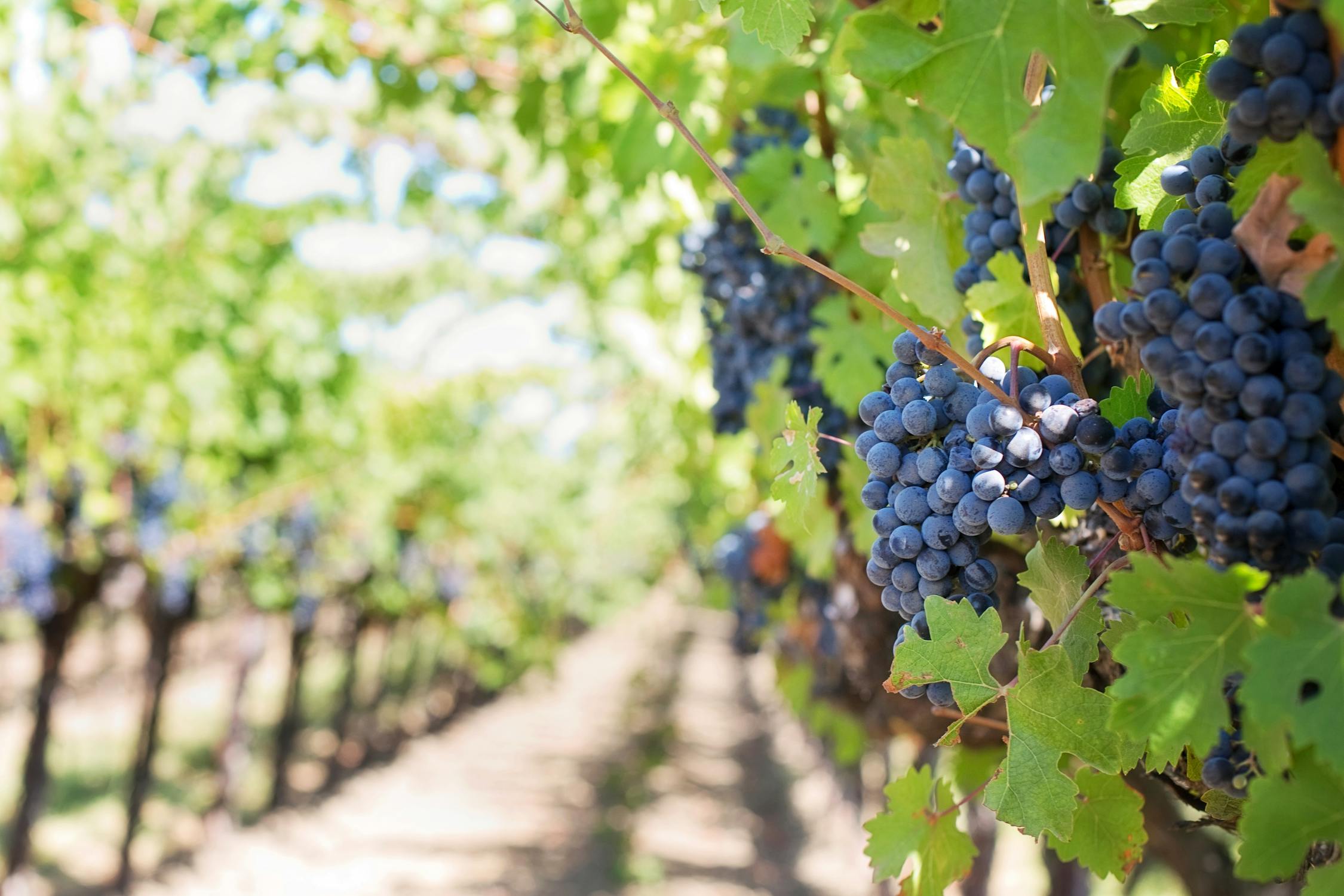Are you someone who is interested in wine? If you are, then it might be something that you want to learn more about. The wine making process from start to finish is actually quite interesting, and it can give you a fonder appreciation for the delicious wine you taste. When you know how it’s made, and you understand what it’s taken to turn it from a humble little grape into the stunning wine that explodes flavors onto your tongue, you will be more invested in the wine as a whole, even going so far as to become more particular with what you will and won’t drink.
In this article, we’re going to be taking a look at the process of creating wine, from the moment that the journey starts for the grape, all the way until it’s in your wine glass. So, if you’re interested in learning more about that, keep reading!

Do Your Research
First, it’s important to make sure that you complete the right amount of research. There are lots of ways that you can study winemaking. For instance, you might want to think about exploring a wine blog. Or, you could consider looking at some YouTube videos. This is a great choice if you are more of a visual learner and will provide a more immersive entrance point to learning how to craft your own wine.
Of course, these days, you can also think about using AI to find out more about wine. Be careful though because AI can be less than accurate and could steer you down the wrong path. If you are serious about becoming a professional winemaker, then the ideal choice would be an online wine course. This will explain everything you need to do whether you are just curious or eager to set up a backyard vineyard.
Harvest The Grapes
A grape grower has the choice between two different options when it comes to harvesting the grapes. There is either manual harvesting, or there is mechanical harvesting, both of which have their pros and cons. Of course, mechanical harvesting is a lot faster as you use a large harvester to remove the grapes from their vine. However, manual harvesting is the traditional route, and often results in a higher quality wine as the person who picked the grapes has been able to choose each individual one.
It’s important that to create a fine wine, the grapes are ready to be picked and not taken off theri vine before they’re in prime condition. However, with mechanical harvesting this is not able to be guaranteed as the harvester just sweeps up everything that it comes across.
Crush And Press Process
Once the grapes have been harvested, they then need to be crushed and pressed. When you crush the grapes, this is to break them apart so that they release the juice inside of them. You end up with squished up grapes, which then need pressing. The act of pressing removes the skin and any of the other solid matter from the mush that has been created. It’s very important that all of the skin is removed during this process, otherwise the wine will not be smooth.
Fermentation
The fermentation process is the most important part of creating wine, because it’s how the grape juice is turned into an alcoholic beverage. During the fermentation, yeasts transform any of the sugars present into ethanol which is the alcohol. It also creates carbon dioxide as a by-product, but the most important part is the creation of the ethanol.

Ageing The Wine
To age the wine, you should think about storing it in a large metal container. How long you store the wine will always depend on the taste and flavour that you are trying to achieve. That’s why it’s important to understand this process in full and make the right decision.
Finally, you can also think about aging the wine after it has already aged. This brings us neatly to our last point.
Bottling The Wine
You might think that your only option when bottling the wine is to use glass bottles. However, this may not be the best option. Particularly, if you are eager to remain green with your business model. Instead, you could think about packaging your wine in metal packaging. Tin lasts forever and is 100% recyclable. Crucially, it’s also far lighter than glass so it will help you lower your carbon emissions if you start selling your wine to the masses. Alternatively, some companies have started packaging wine in paper or cardboard packaging. A great, green choice that is the preferred solution for eco-conscious consumers. Don’t worry, this won’t impact the flavour. Your wine will be just as delicious as other possibilities on the market.
Selling The Wine
Decide what you are going to do with your wine once it is in the bottle. This could be selling it to companies around the world or simply keeping a few bottles to drink in the comfort of your own home. If you do decide to sell your wine to customers and companies then you need to ensure you are following every health and safety protocol in the book.
You will also need to think of a marketing strategy to use, to get your brand out there and recognized. If you have never done anything like this before then it might help to use a marketing expert. They will know exactly how to market your brand and make it enticing to customers and clients.
Top Things To Consider
There are some factors you need to take into consideration when it comes to getting that grape in that bottle. There may be weather conditions that impact how the grapes grow and develop. If the soil is too wet or too dry then the grapes won’t taste exactly how you need them to and your wine could suffer. Make sure you do your research when it comes to optimal wine making conditions and stick to it.

Hopefully you found this article helpful and it gave you some ideas of how to create your own wine. You can drink this yourself, share with friends, or even sell it to top bars and restaurants all around the world. The world is your oyster when it comes to making and selling wine. You need to ensure you get everything right from the start as the last thing you want is to sell a bad batch of wine.
Comments